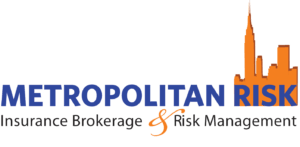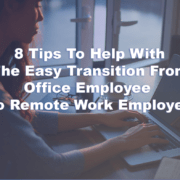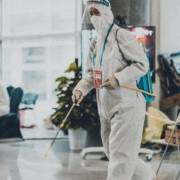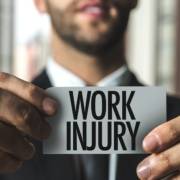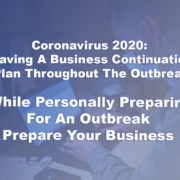The DOL published a new guideline, detailing that different workers need different types of face masks. They have split up the groups of workers in terms of
risk of receiving/transmitting disease while on the job. There are 5 different groups: Negligible, Low, medium, High, and Extremely High. Each group

has a picture and description of the type of face masks required to wear at work. There are also examples of what type of jobs would fit under each category.
Negligible Risk:
Simple cloth coverings are all that is needed for people under negligible risk. Some people who fall under this category are people who work alone or within concealed spaces. This includes delivery people in their own car or crane workers enclosed alone in the cab.
Low Risk:
A cloth covering with a second layer of fabric is required for people in low risk. These people are workers in small groups that for the most part 6 feet away. They may be after-hours janitors, vehicle mechanics, or local barbers.
Medium Risk:
Disposable masks are required for medium risk jobs. They may be surgical masks or KN90s and KN95s. These are jobs like low risk, when workers for the most part stay 6 feet apart. However, if there are times when workers must be within 6 feet and no physical barriers are present, the job elevates to medium risk. These may be grocery-store workers, kitchen cooks/staffers, or transit operators.
High Risk:
Respirators are required for high-risk jobs. High-risk jobs include those when workers are within 3 feet of each other for nearly 10 minutes an hour. These may include cubicle workers with no barriers or home maintenance for clients with other workers.
Extremely-High Risk:
The DOL requires FDA-approved N95 masks for these jobs, as well as surgical eyeglasses and surgical masks for all clients. These jobs may include EMTs, surgeons, or any healthcare workers that are in contact with possibly-infected people.
Hopefully, this new guideline, called Which Mask for Which Task will help employers and employees protect themselves better. Moreover, sorting employees into risk groups is considered a big step in the right direction for the government agency.
For additional information Contact a Risk Advisor or call 914-357-8444, today
